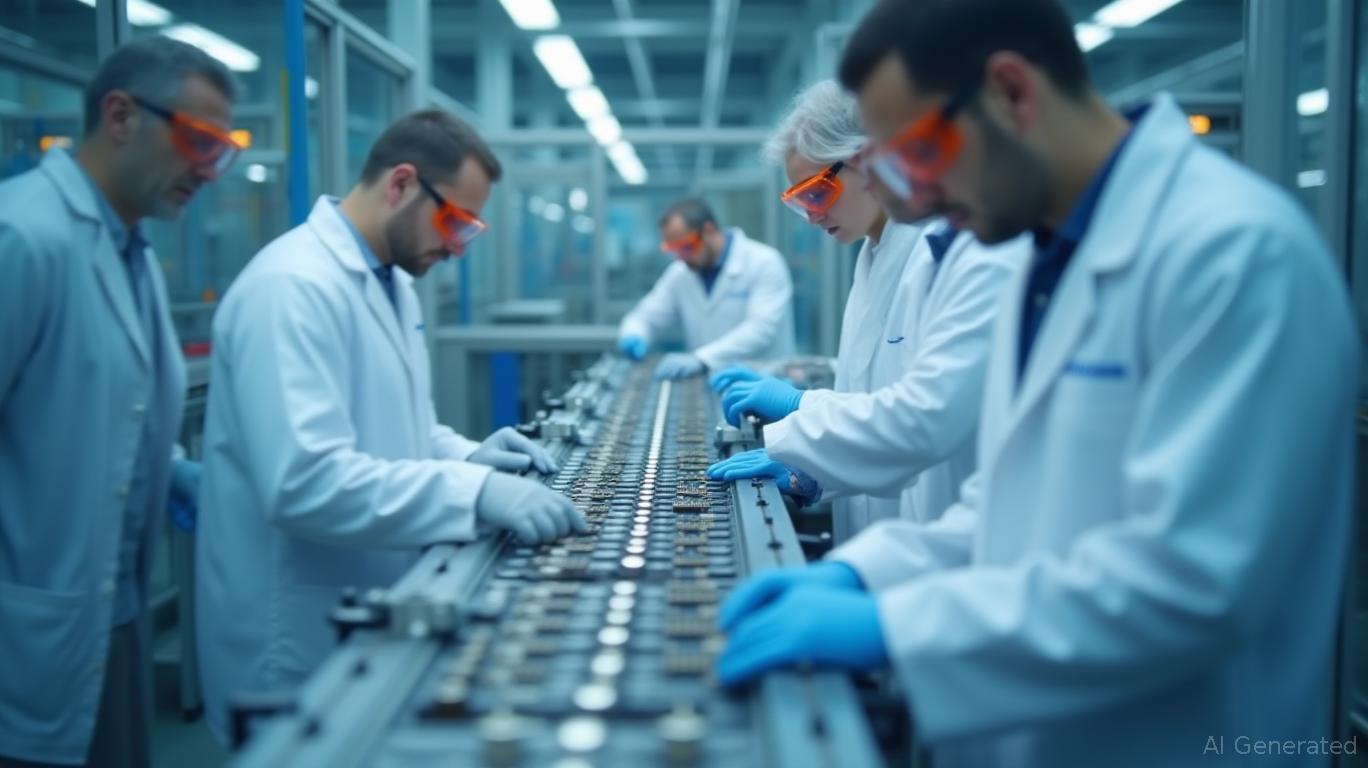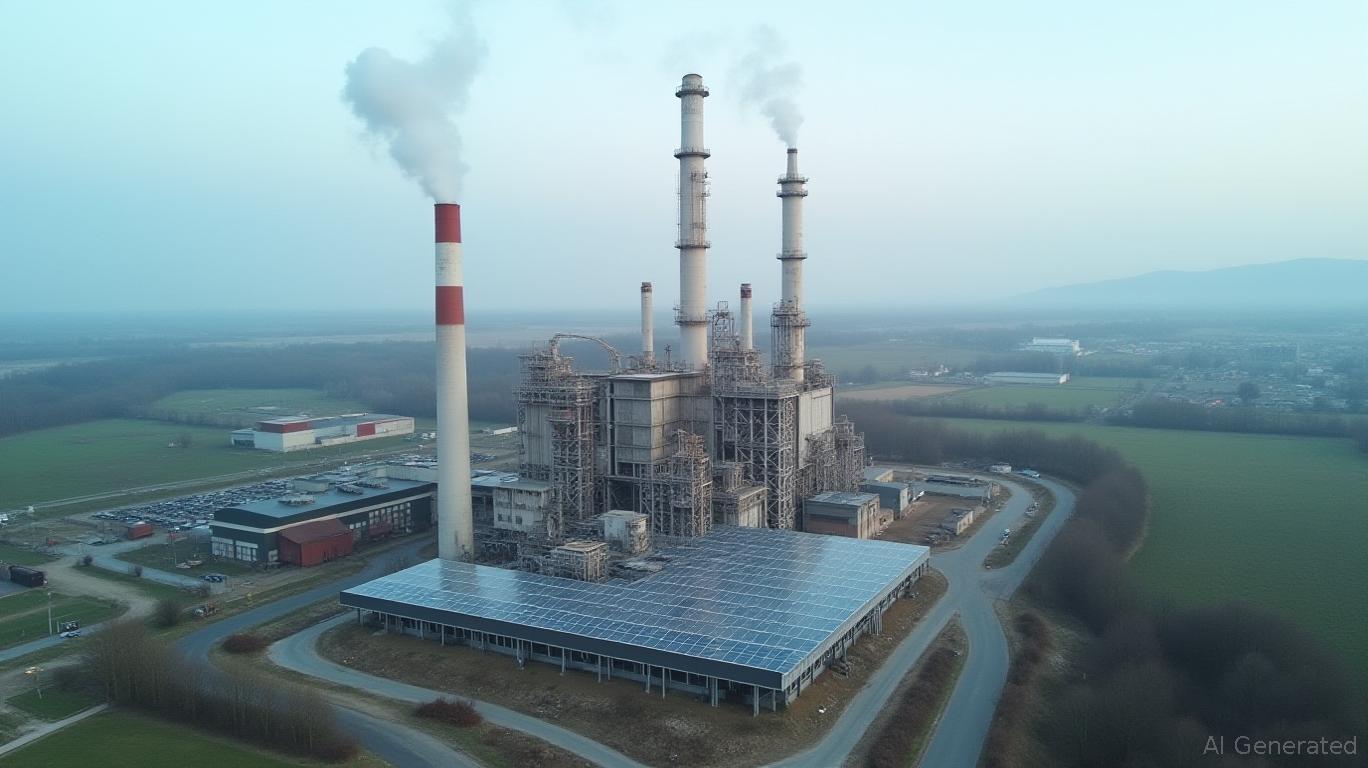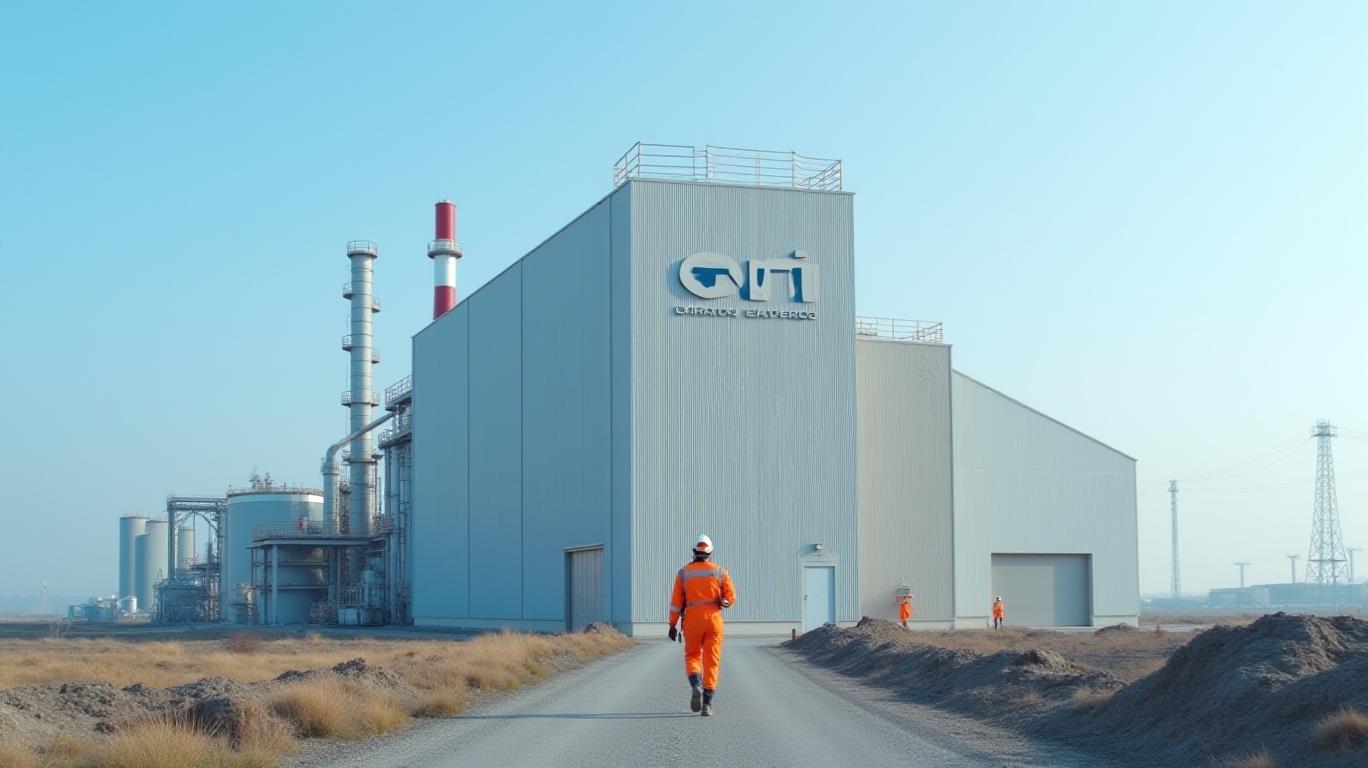Carbon Capture Grows, But Challenges Linger in the Race to Net Zero
The International Energy Agency’s (IEA) 2025 report on carbon capture, utilization, and storage (CCUS) projects reveals a sector in transition—modest progress in operational capacity masks a surge in ambitious projects poised to reshape global emissions reduction efforts. While current CCUS capacity stands at just over 50 million tonnes (Mt) of CO₂ annually, the pipeline of advanced projects suggests a doubling of capture capacity by the end of the decade. However, the path to achieving net-zero goals remains fraught with geographic imbalances, supply chain bottlenecks, and the need for unprecedented investment.
Ask Aime: "Will CCUS projects revolutionize global emissions reduction?"
A Fragile Foundation
The IEA notes that 2024 saw only eight new CCUS projects come online, but these were small-scale, averaging just 5,000 tonnes of CO₂ per year. This minimal addition to operational capacity underscores the sector’s infancy. However, over 60% of the current pipeline—comprising projects in advanced stages of development or under construction—could nearly double existing capture capacity to 100 Mt/year by 2030.
Ask Aime: "Will the surge in CCUS projects by 2030 significantly boost the market's carbon capture capacity?"

Regional Power Shifts
North America and Europe dominate current capacity, accounting for 80% of planned 2030 capture targets. But emerging regions are flexing their muscles: China’s coal-fired CCUS project (1.5 Mt/year) and Indonesia’s Tangguh gas plant storage initiative highlight a geographic diversification. Meanwhile, sectors like hydrogen production and direct air capture (DAC) now make up over half of the pipeline, signaling a shift away from traditional gas processing.
Financing Firsts and Funding Frustrations
The UK’s Teesside project—a first for net-zero gas power with CCUS—secured project-financed funding in 2024, a milestone for investor confidence. Voluntary carbon markets also played a critical role, with 6 Mt of CO₂ credits pre-purchased in 2024, doubling the previous year’s volume. Kenya’s dac pilot, backed by venture capital and carbon credit agreements, offers a model for early-stage projects.
Manufacturing’s Make-or-Break Role
Current CCUS equipment is custom-made, lacking mass production. This bottleneck could constrain scaling, but it also presents opportunities for manufacturers. For instance, data centers’ growing demand for low-emission power may drive investment in gas plants with CCUS.
The Long Road to Net Zero
While progress is evident, the IEA warns that current trajectories fall far short of the 1,000+ Mt/year needed by 2050. Geographic concentration—80% of capacity in just two regions—raises equity concerns. Investors must push for global diversification and accelerated final investment decisions (FIDs) to bridge this gap.
Conclusion
The CCUS sector is at a crossroads. Investors stand to gain from projects in advanced stages, particularly those in emerging markets or sectors like hydrogen and DAC. However, the path to profitability hinges on resolving supply chain bottlenecks and securing diversified funding. With voluntary carbon markets booming and regulatory tailwinds strengthening, the next five years will determine whether CCUS becomes a climate solution or remains a niche experiment. The stakes are high: achieving net zero demands not just incremental growth, but a seismic shift in how the world tackles emissions—one that CCUS could yet enable—if the right investments follow.
Data points referenced include the IEA’s 2025 projections of 430 Mt/year capture by 2030, the 60% pipeline of advanced projects, and the 1,000+ Mt/year net-zero target by 2050.










